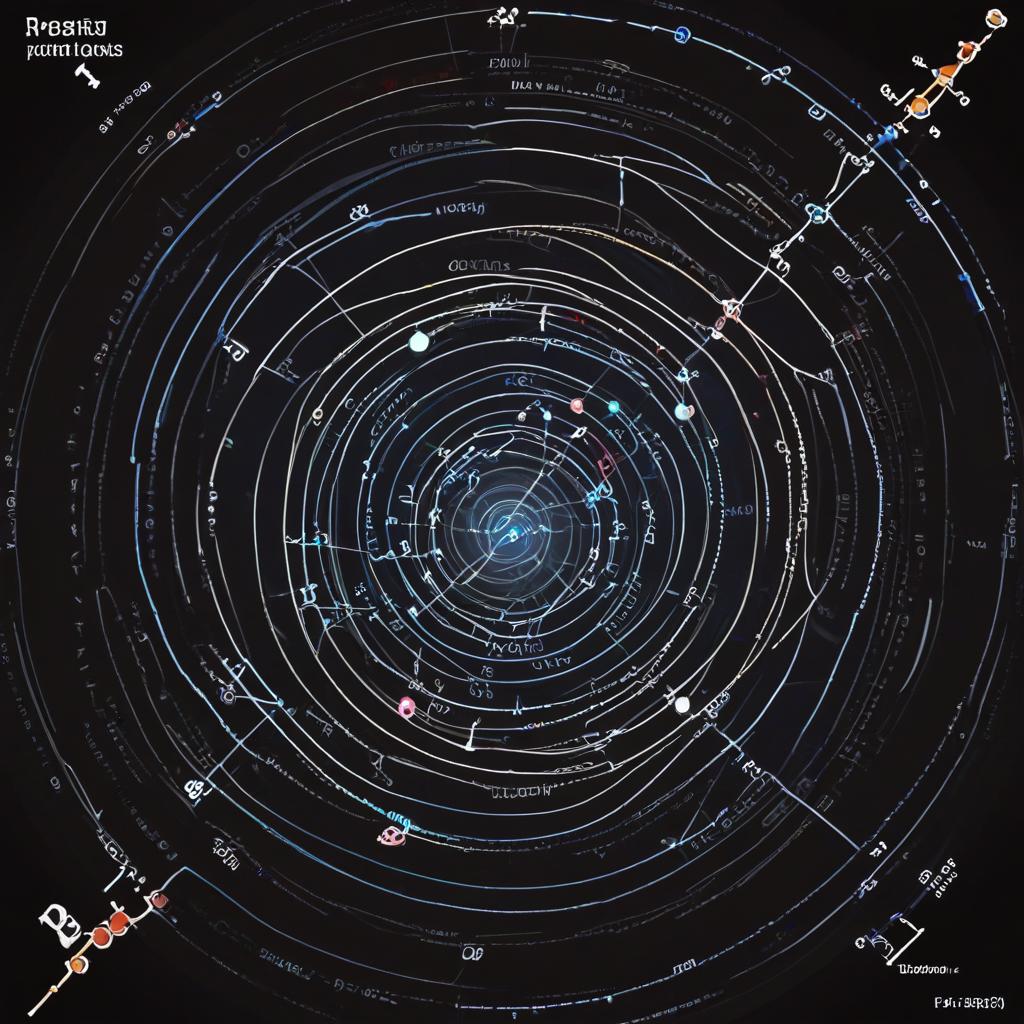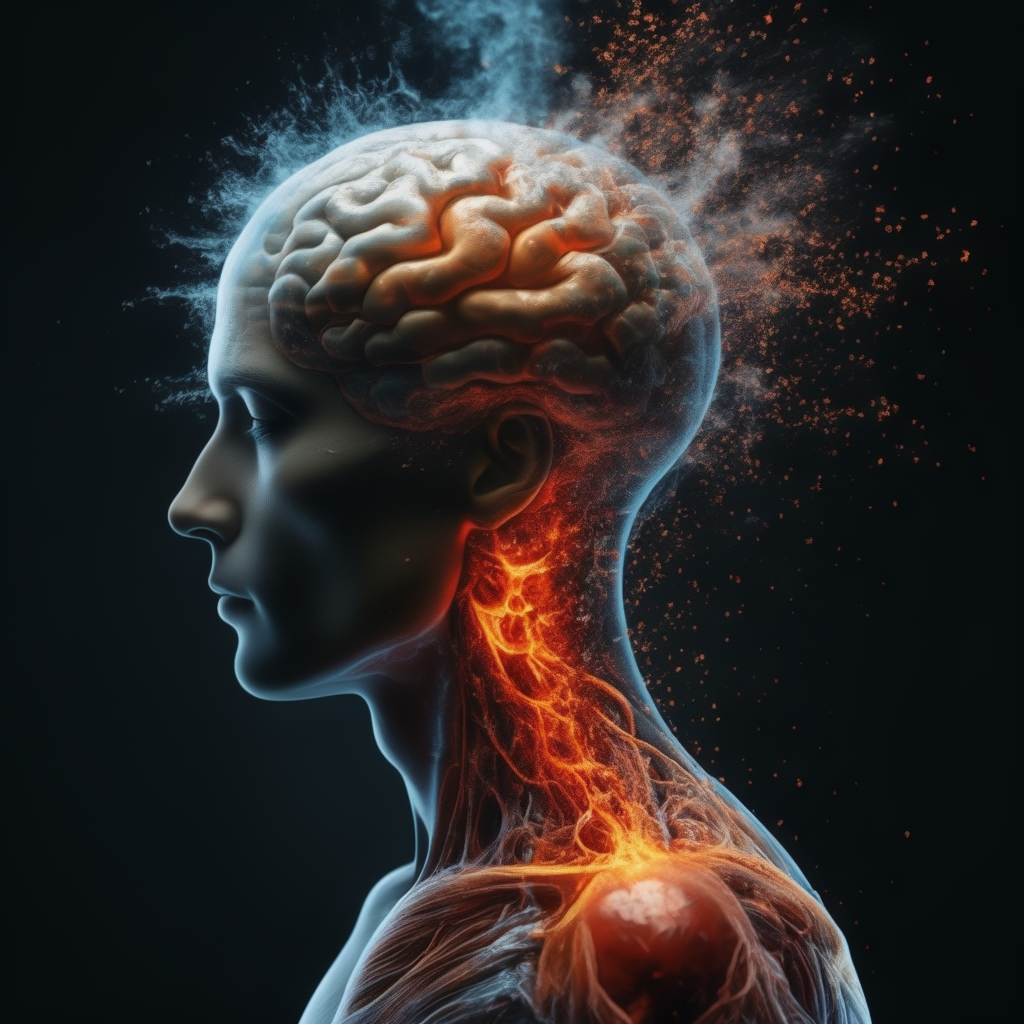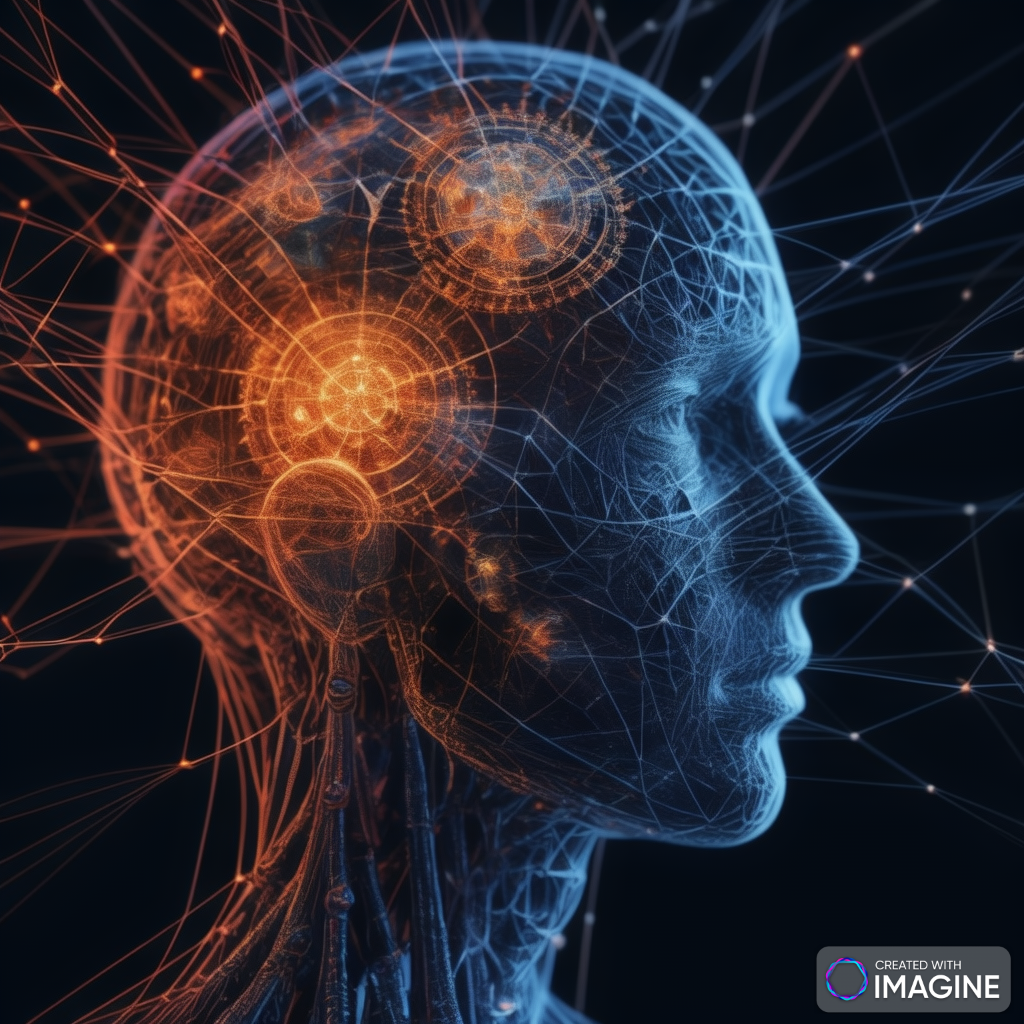From Neural Networks to Data Mining: Transformative Techniques Across Industries
Neural networks have become a cornerstone of modern artificial intelligence (AI) and machine learning (ML), but they represent just one facet of a broader landscape that includes statistics, pattern recognition, and machine learning. These fields, often overlapping and complementary, have given rise to powerful techniques and applications collectively known as data mining. Data mining has had a transformative impact across various industries, driving innovations and efficiencies in ways previously unimaginable. This blog post explores how neural networks, statistics, pattern recognition, and machine learning contribute to data mining and how these advancements are revolutionizing different sectors.
Understanding the Core Components
Neural Networks: The AI Powerhouse
Neural networks mimic the structure and function of the human brain to process complex data. They excel in tasks that involve large volumes of data, learning patterns and making predictions with high accuracy.
- Applications: Image and speech recognition, natural language processing, autonomous driving, healthcare diagnostics.
Statistics: The Foundation of Data Analysis
Statistics is the science of collecting, analyzing, interpreting, and presenting data. It provides essential tools for understanding data distributions, testing hypotheses, and making inferences.
- Applications: Market research, quality control, clinical trials, economic forecasting.
Pattern Recognition: Identifying Regularities in Data
Pattern recognition involves the detection of regularities and structures in data. It is a key aspect of machine learning and neural networks, enabling the identification of objects, signals, and sequences.
- Applications: Biometrics, financial fraud detection, weather prediction, handwriting recognition.
Machine Learning: Automating Data-Driven Decision Making
Machine learning is a subset of AI focused on developing algorithms that enable computers to learn from and make predictions based on data. It encompasses techniques such as supervised learning, unsupervised learning, and reinforcement learning.
- Applications: Personalized recommendations, predictive maintenance, financial trading, sentiment analysis.
The Convergence of Techniques: Data Mining
Data mining is the process of discovering patterns, correlations, and anomalies within large datasets to predict outcomes. It leverages techniques from neural networks, statistics, pattern recognition, and machine learning.
- Key Techniques: Classification, clustering, regression, association rule learning, anomaly detection, and time series analysis.
Impact of Data Mining Across Industries
Healthcare
- Predictive Analytics: Data mining helps predict disease outbreaks, patient readmission rates, and treatment outcomes. Neural networks and machine learning models analyze patient data to provide personalized treatment plans.
- Medical Imaging: Pattern recognition and neural networks enhance the accuracy of medical image analysis, enabling early detection of diseases like cancer.
Finance
- Fraud Detection: Pattern recognition and machine learning algorithms detect fraudulent transactions by identifying unusual patterns in financial data.
- Risk Management: Statistical models and neural networks assess credit risk, market risk, and operational risk, helping financial institutions make informed decisions.
Retail
- Customer Segmentation:
 techniques like clustering and classification enable retailers to segment customers based on purchasing behavior, improving targeted marketing strategies.
techniques like clustering and classification enable retailers to segment customers based on purchasing behavior, improving targeted marketing strategies. - Inventory Management: Machine learning models predict demand patterns, optimizing inventory levels and reducing costs.
Manufacturing
- Predictive Maintenance: Machine learning and neural networks analyze sensor data from machinery to predict failures and schedule maintenance, reducing downtime and costs.
- Quality Control: Statistical process control and pattern recognition ensure product quality by identifying defects and variations in the manufacturing process.
Telecommunications
- Network Optimization: Data mining helps optimize network performance by analyzing usage patterns and predicting traffic loads.
- Customer Churn Prediction: Machine learning models predict customer churn, enabling proactive retention strategies.
Prominent Techniques in Data Mining Applications
Classification
Classification involves categorizing data into predefined classes. Neural networks, decision trees, and support vector machines are commonly used for classification tasks.
- Applications: Email spam detection, loan approval, image recognition.
Clustering
Clustering groups similar data points together based on certain features. K-means clustering and hierarchical clustering are popular methods.
- Applications: Customer segmentation, document categorization, image segmentation.
Regression
Regression predicts continuous outcomes based on input variables. Linear regression and neural networks are widely used for regression analysis.
- Applications: House price prediction, stock price forecasting, sales prediction.
Association Rule Learning
Association rule learning discovers interesting relations between variables in large databases. The Apriori algorithm is a well-known technique.
- Applications: Market basket analysis, recommendation systems.
Anomaly Detection
Anomaly detection identifies unusual patterns that do not conform to expected behavior. Techniques include neural networks, isolation forests, and statistical methods.
- Applications: Fraud detection, network security, fault detection.
Future Directions and Challenges
Integration of Techniques
Future advancements will likely involve the integration of neural networks, statistics, pattern recognition, and machine learning into more cohesive and robust data mining frameworks.
Scalability and Efficiency
As data volumes continue to grow, developing scalable and efficient data mining algorithms will be crucial. Advances in parallel computing and distributed systems will play a significant role.
Interpretability
Improving the interpretability of data mining models, particularly neural networks and deep learning models, will enhance their adoption in critical applications like healthcare and finance.
Ethical Considerations
Addressing ethical concerns related to data privacy, bias, and transparency will be essential as data mining techniques become more pervasive.
Future Directions and Challenges
Integration of Techniques
Future advancements will likely involve the integration of neural networks, statistics, pattern recognition, and machine learning into more cohesive and robust data mining frameworks.
Scalability and Efficiency
As data volumes continue to grow, developing scalable and efficient data mining algorithms will be crucial. Advances in parallel computing and distributed systems will play a significant role.
Interpretability
Improving the interpretability of data mining models, particularly neural networks and deep learning models, will enhance their adoption in critical applications like healthcare and finance.
Ethical Considerations
Addressing ethical concerns related to data privacy, bias, and transparency will be essential as data mining techniques become more pervasive.
The convergence of neural networks, statistics, pattern recognition, and machine learning has revolutionized data mining, driving transformative changes across various industries. These techniques, individually and collectively, have enabled organizations to uncover valuable insights, optimize operations, and make data-driven decisions. As advancements continue, the potential of data mining to solve complex problems and unlock new opportunities will only grow, making it an indispensable tool in the modern technological landscape.
Early Concepts and Advancements in Neural Networks
The progression of neural networks has been marked by significant milestones. The early stages involved the development of foundational models such as the McCulloch-Pitts neuron and the perceptron by Frank Rosenblatt. These early models faced limitations that led to the exploration of multi-layer perceptrons (MLPs) and backpropagation algorithms, which significantly enhanced learning capabilities.
Diverse Architectures of Neural Networks
- Deep Belief Networks (DBNs): A generative model composed of multiple layers of stochastic, latent variables. DBNs pre-train each layer using unsupervised learning, followed by fine-tuning with supervised learning.
- Autoencoders: Neural networks used to learn efficient codings of input data. They are utilized for tasks such as dimensionality reduction, feature learning, and anomaly detection.
Expanding the Role of Statistics in Data Analysis
Advanced Statistical Methods
Modern statistics encompasses a broad array of techniques designed to extract meaningful insights from data.
- Bayesian Inference: A method of statistical inference in which Bayes’ theorem is used to update the probability for a hypothesis as more evidence or information becomes available.
- Multivariate Analysis: Techniques such as Principal Component Analysis (PCA) and Factor Analysis reduce data dimensionality and identify underlying structures in data sets with multiple variables.
Real-World Applications of Statistical Analysis
- Actuarial Science: Statistical models assess risk in insurance and finance, determining policy pricing and risk management strategies.
- Environmental Statistics: Analyzing climate data, modeling environmental processes, and assessing the impact of human activities on ecosystems.
Pattern Recognition: Techniques and Applications
Advanced Techniques in Pattern Recognition
Pattern recognition has evolved to incorporate a range of sophisticated algorithms.
- Hidden Markov Models (HMMs): Used for sequence data, particularly in speech and handwriting recognition.
- Support Vector Machines (SVMs): A supervised learning model used for classification and regression analysis, effective in high-dimensional spaces.
Diverse Applications of Pattern Recognition
- Forensics: Facial recognition systems aid in criminal investigations and security surveillance.
- Agriculture: Automated systems identify plant diseases and monitor crop health using image analysis and pattern recognition.
Machine Learning: Enhancing Automated Decisions
Cutting-Edge Machine Learning Algorithms
- Ensemble Learning: Combines multiple models to improve prediction accuracy. Techniques include bagging, boosting, and stacking.
- Deep Reinforcement Learning: Combines deep learning and reinforcement learning principles to enable agents to learn complex behaviors through interactions with their environment.
Broad Applications of Machine Learning
- Robotics: Machine learning algorithms empower robots to perform complex tasks, from manufacturing processes to autonomous navigation.
- Energy Sector: Predictive models optimize energy consumption, forecast demand, and manage smart grids.
Data Mining Techniques and Their Industrial Impact
Evolution of Data Mining Algorithms
Data mining techniques have advanced to address the increasing complexity and volume of data.
- Random Forests: An ensemble learning method for classification and regression that constructs multiple decision trees and outputs the mode of the classes or mean prediction.
- Gradient Boosting Machines (GBM): Build an ensemble of weak models, typically decision trees, in a sequential manner to minimize predictive errors.
Industry-Specific Data Mining Applications
- Healthcare Analytics: Predictive modeling identifies high-risk patients, optimizes treatment protocols, and improves patient outcomes.
- Telecommunications: Churn analysis models predict customer attrition, enabling proactive customer retention strategies.
Innovations in Data Mining Techniques
Enhancing Model Interpretability
- SHAP (SHapley Additive exPlanations): A method to explain individual predictions by computing the contribution of each feature to the prediction.
- LIME (Local Interpretable Model-agnostic Explanations): Provides interpretable explanations for predictions by approximating the model locally with an interpretable model.
Addressing Ethical and Practical Challenges
- Fairness in AI: Developing algorithms that mitigate bias and ensure fairness across different demographic groups.
- Data Privacy: Techniques such as differential privacy and federated learning protect individual data while enabling model training on distributed datasets.
Future Trends in Data Mining
Integration with Emerging Technologies
- Quantum Computing: Potential to exponentially accelerate data mining algorithms by leveraging quantum parallelism.
- Blockchain: Ensures data integrity and transparency in data mining processes, particularly in finance and supply chain management.
Continuous Improvement and Adaptation
- Automated Machine Learning (AutoML): Tools that automate the process of model selection, hyperparameter tuning, and feature engineering, making advanced data mining techniques accessible to non-experts.
- Edge Computing: Distributes data mining processes closer to data sources, reducing latency and bandwidth usage while enhancing real-time analysis capabilities.
Conclusion: The Synergy of Techniques in Data Mining
The intersection of neural networks, statistics, pattern recognition, and machine learning has fundamentally transformed data mining. Each field contributes unique methodologies and insights, driving innovations that permeate various industries. The continuous evolution and integration of these techniques will undoubtedly lead to even more sophisticated data mining applications, addressing complex challenges and uncovering new opportunities across the technological landscape.
The convergence of neural networks, statistics, pattern recognition, and machine learning has revolutionized data mining, driving transformative changes across various industries. These techniques, individually and collectively, have enabled organizations to uncover valuable insights, optimize operations, and make data-driven decisions. As advancements continue, the potential of data mining to solve complex problems and unlock new opportunities will only grow, making it an indispensable tool in the modern technological landscape.







